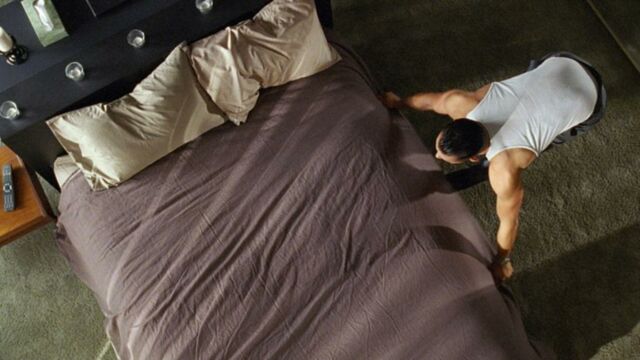The first thing many people do as soon as they wake up is make their bed. It’s a simple chore that doesn’t take long to do and makes your room look a little more put together. But what if we told you that there is a downside to this seemingly risk-free habit?
Discover our latest podcast
In 2005, British researchers from Kensington University found that dust mites, which cause various allergies and asthma, thrive under the sheets of well-made beds.
Why dust mites love our beds

That’s right. The tiny arachnids are well-known invaders that love to live in our bedding. They’re not complete strangers in our environment as they like to feed on our dead skin. In fact, a recent estimate puts the number of arachnids in each bed at around 1.5 million! The reason why it is particularly popular with these beasts is because of the heat and humidity we exude at night.
It’s a terrifying figure, but you should know that these little creatures are relatively harmless. The only problem is that it releases substances that can cause allergic reactions in some humans, such as coughing, sneezing, itchy eyes, runny nose, and asthma.
How to get rid of dust mites
Scientist Stephen Pretlove explained:
We know that mites can only survive by taking in water from the atmosphere using small glands on the outside of their body.
By running computer simulations the scientists came to a surprising conclusion. He added:
Something as simple as leaving a bed unmade during the day can remove moisture from the sheets and mattress so the mites will dehydrate and eventually die.
This article has been translated from Gentside FR.
Read more:
⋙ Here's how often you should wash your scarf
⋙ Here are 2 things you should never do when using your washing machine















